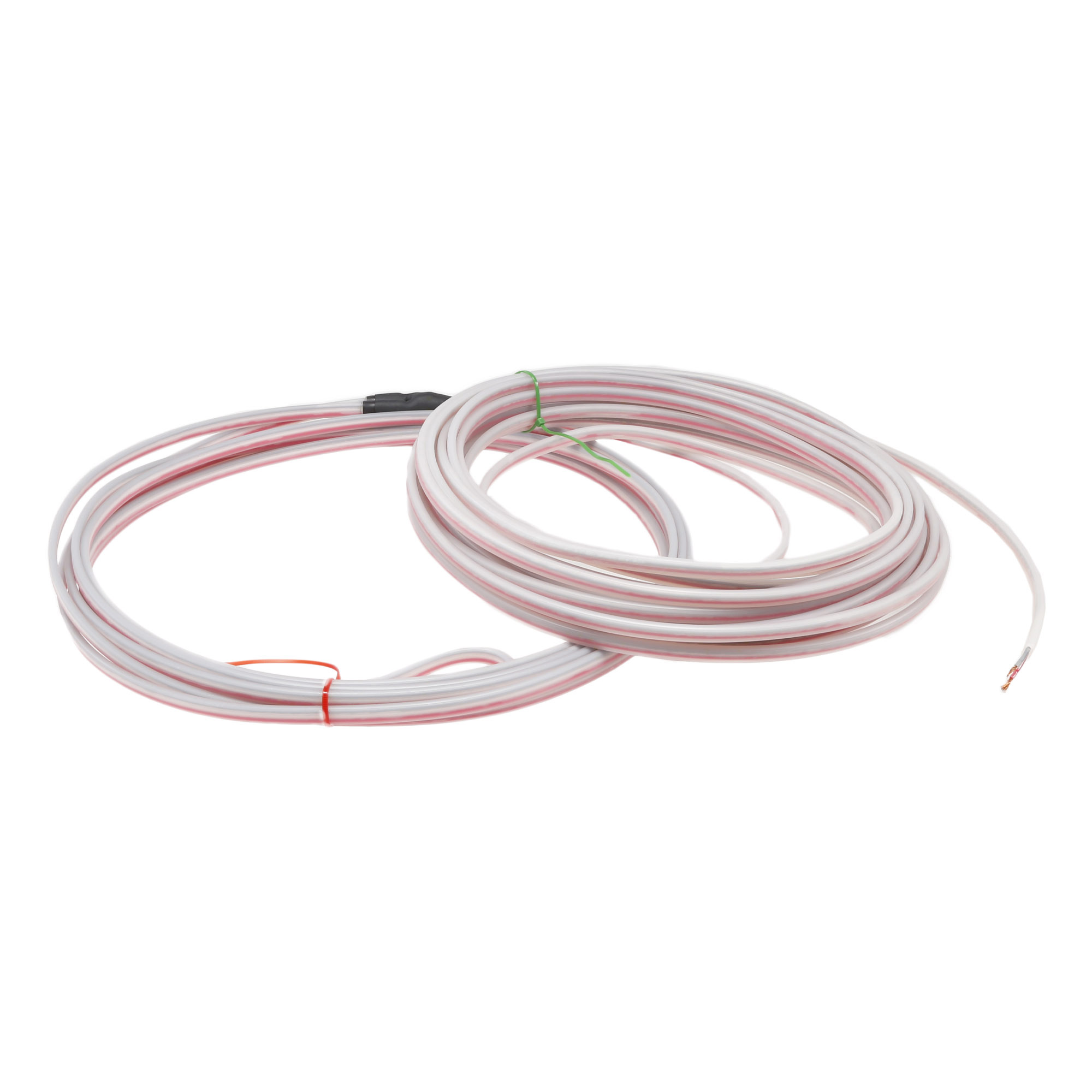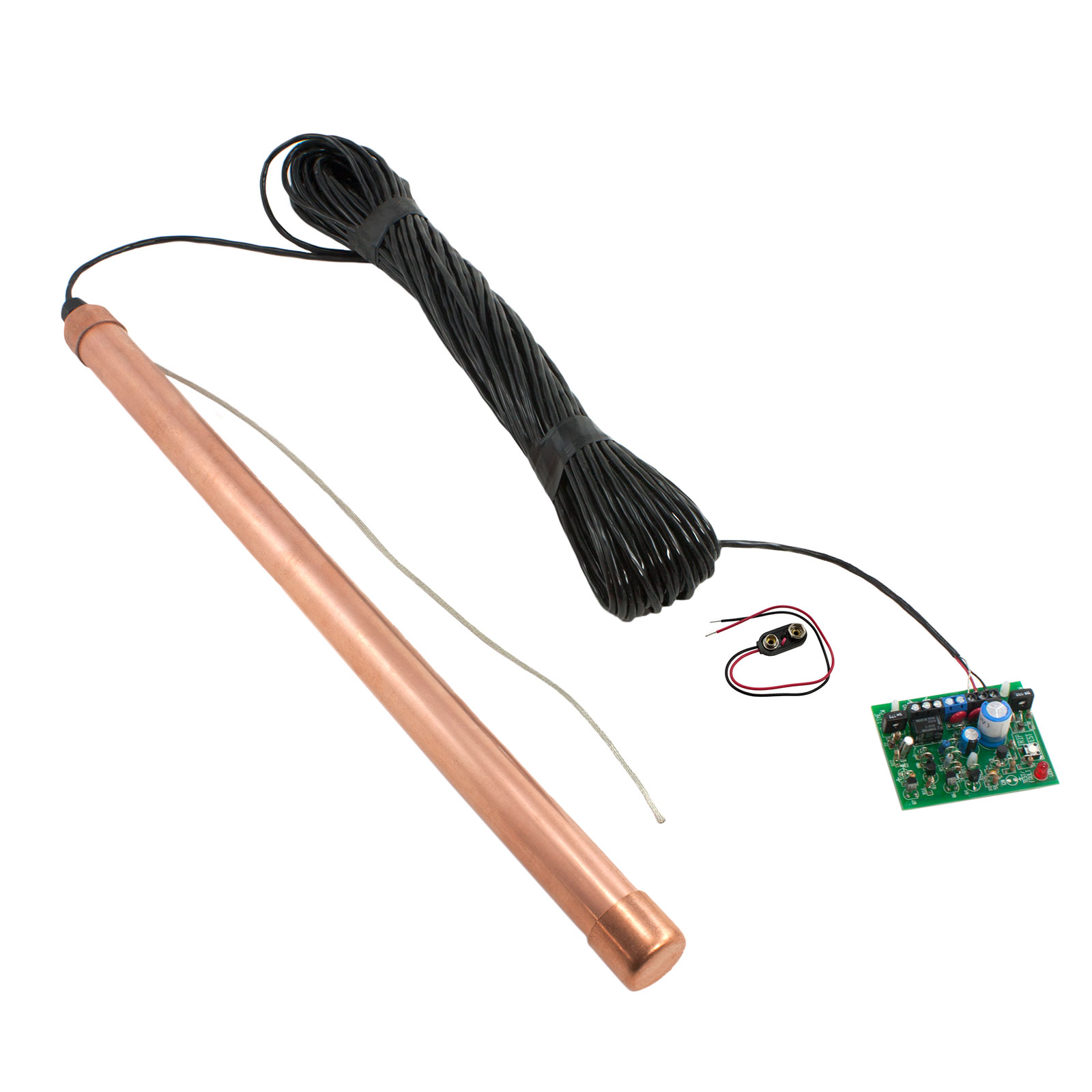How Do Driveway Gate Sensors Work?
Have you ever wanted to install a driveway gate sensor to detect a moving vehicle? Well, many options exist, including photo eyes, exit wands, and safety loops. With so many choices, knowing the difference between one and the other gets confusing. To help, read this short article that explains each driveway gate sensor in-depth and how it works.
Safety Loops

A safety loop is the best option for detecting a vehicle at a gate. The loop works by operating at an average frequency. If this frequency is disturbed by a steel vehicle, the frequency increases. When this occurs, a motion will begin and set the gate off.
Loops are not only limited to mass transit, but these devices can also provide security to private homes, emergency vehicle access, and manufacturing facilities. On toll roads, transponders are mounted to a vehicle, and a code is received by a loop buried in front of a gate. The only downside with a loop is the installation process. A loop must be buried underground in concrete, asphalt, pavers, or gravel roads.
If you plan on making a brand-new driveway, installing a loop in a trench before starting construction is the best way to ensure an easy process. If not, saw-cut loop models work better by only requiring a groove cut into concrete or asphalt.
If you constantly enter a private residential or commercial area, installing a loop system could help you create an automatic gate relay securely.
Photo Eyes

A photo eye is an inexpensive way to add safety features to a gate's existing control board system. Photo eyes work by using an infrared light beam which, when interrupted, reverses or interrupts the motion of the gate. If installed on a driveway before the gate, there is no need for under-concrete wiring.
Photo eyes come in multiple forms to suit different spaces. Some photo eyes are equipped with a transmitter and receiver and are called dual-beam or through-beam. Other photo eyes are reflective and retro-reflective. A retro-reflective photo eye has an emitter and receiver in the same device while the beam is reflected off the included reflector.
A diffuse-reflective photo eye (sometimes referred to as only reflective) includes the transmitter and receiver in one housing unit and is reflected off itself. While diffuse-reflective photo eyes are less expensive than the other two methods, this photo eye can be affected by various light conditions.
Most residential properties only require a retro-reflective photo-eye. Still, a dual-beam photo eye is the most precise system if searching for extreme accuracy for a commercial building.
Exit Wands

Another neat way to add an automatic gate to your driveway is by installing an exit wand. Unlike a loop, exit wands do not need to be installed under the driveway cement and can instead be placed on the edge of a driveway. Exit wands work by sensing shifts in the Earth's magnetic field when steel moves. The wand knows when a car is crossing above it and can cause the motion of the gate to change. Usually, a deep hole must be dug to secure the exit wand. Most exit wands need a probe and cable when connecting to a controller.
Pros and Cons of Driveway Gate Sensors
While all these driveway gate sensors work well, one may function better in your setup. Here's a summary of essential points to remember for each one:
| Installation Process | Most Difficult Installation. Must Go Under Cement. | Easiest Installation. | Easier to Install Than Safety Loop. A Trench Must Be Dug Before Driveway. |
|---|---|---|---|
| Detection Strength | Most Accurate Detection for Moving and Stopped Vehicles. | Some Models Can Detect Both Pedestrians and Cars. | Can Only Detect A Moving Vehicle. |
| Price | While Equipment Is Not Expensive, Installation Process May Be Pricey. | Quick And Affordable Installation. | Less Expensive Than A Safety Loop, But May Need Special Tools. |
If you have any other questions concerning driveway gate sensors, our sales representatives are always happy to help!
Contact Us
